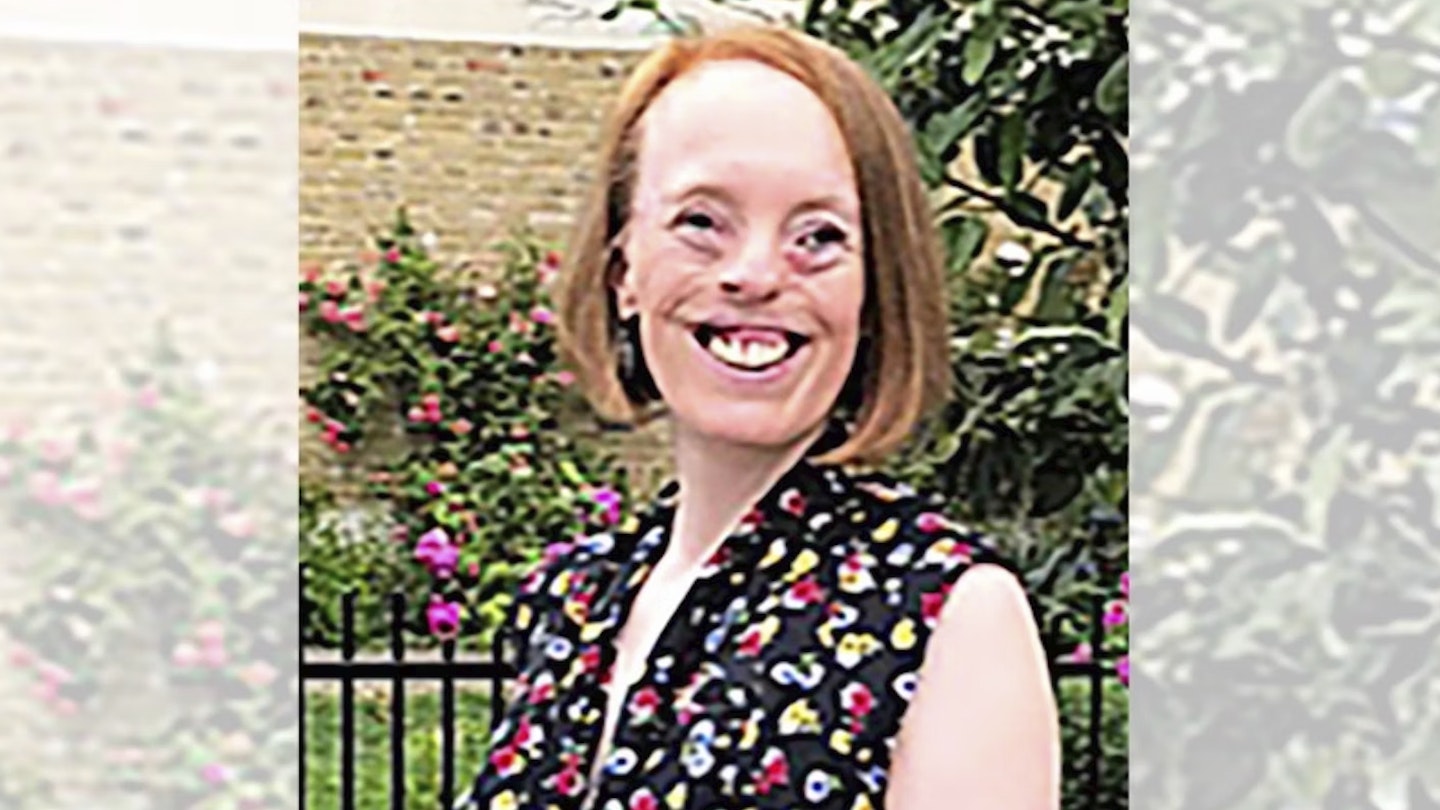The charity Changing Faces has been helping people living with a visible difference for almost 30 years. Here one of its supporters shares her inspiring story...
I listened as my friends picked who to sit next to in class.
They paired off until the only person left was me. I felt hurt but tried not to show it.
I’d been born with a condition called amniotic band syndrome, which resulted in a cleft lip and palate, missing fingers, clubbed feet and limited vision in one eye.
At three months old I’d had my first operation and by the time I was five, I’d had a further 24.
The first time I’d realised I looked different was when we did hand printing at playgroup and I thought: Mine don’t the look the same as anyone else’s.
But my parents never talked to me about why that was.
Having time off school for treatment and operations made me different too, but at primary school it hadn’t been a problem and I’d easily made friends.
Only now we’d moved up to secondary school, those same friends were distancing themselves from me.
They weren’t nasty to my face and never said it was because I looked different.
But they didn’t want to sit with me or hang out with me at lunch or after school.
Devastated, I had no idea how to handle it.
So, I began retreating too. At lunch, I’d lock myself in a toilet cubicle so no-one would see I was eating alone. But I struggled to swallow my sandwiches through my tears.
My schoolwork suffered and I’d fake illness to avoid going in.
At 12, I felt so miserable that twice I tried to take my own life.
Although I didn’t tell anyone how unhappy I was, my change in behaviour was noticed and an educational psychologist was brought in.
I had counselling too, but after a few sessions I pretended I felt better so they’d stop.

In time, I made new friends and started walking home from school with an old friend I’d known since I was born.
We’d go to each other’s houses after school and eat Rich Tea biscuits and do the puzzles in Take a Break.
Going to my local Guide group helped too. I felt able to be myself there.
At 16, I started going to my hospital appointments alone. At one the specialists were pushing me to have rhinoplasty. By then, I was sick of being forced into surgeries I didn’t want or feel I needed.
‘This is the last one,’ I told them. ‘No more.’
It felt good to take control of what was happening to me and my body.
I left school and went to university to study psychology. After going travelling, I continued my studies, delving deeper into health psychology and focusing on facial difference.
Although I was looking at it in a very academic way, it made me think about myself and my own experiences – and I fell apart.
More counselling followed, but this time it helped. I realised I’d always seen myself defiantly as ‘normal’ and not part of this other community with disabilities.
But I began to understand that my differences were an essential part of who I was.
Over time, I also began to talk about my experiences of having a visual visible difference and became an ambassador for Changing Faces.
Having the opportunity to express myself in a way that would hopefully help others felt amazing.
Looking back, I wish I’d had more support at school, someone to confide in about what I was going through.
I’d urge anyone suffering the way I did to talk to someone. There’s no shame in feeling that way, it’s understandable. But you’re not alone. There’s support out there and things will get better.
From Dr Amanda Bates, 43, of Canterbury, Kent
Changing Faces is the UK’s leading charity for everyone who has a mark, scar or condition that makes them look different. If you or a loved one have a visible difference and need some advice or support visit changingfaces.org.uk or call 0300 012 0275.
